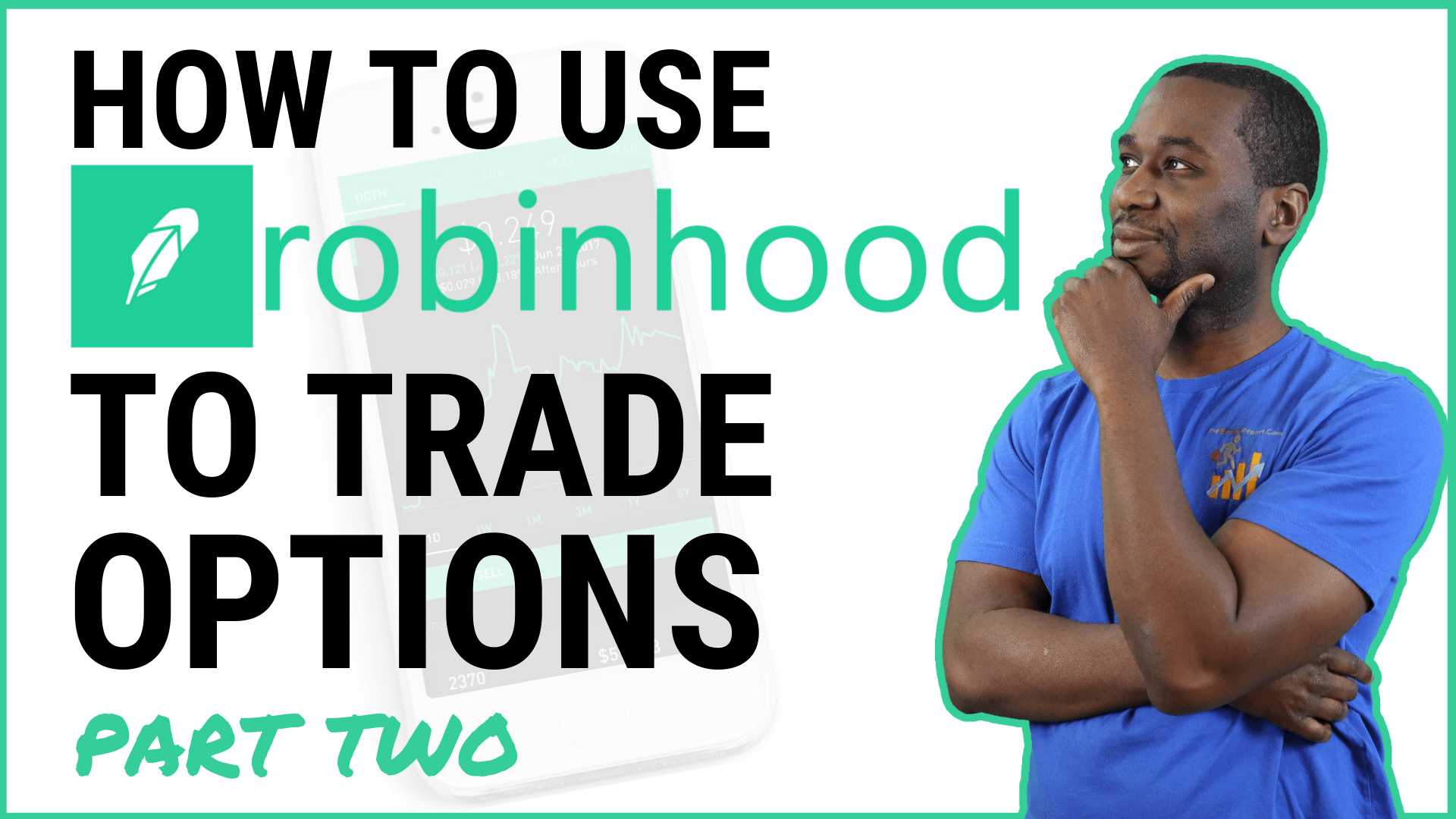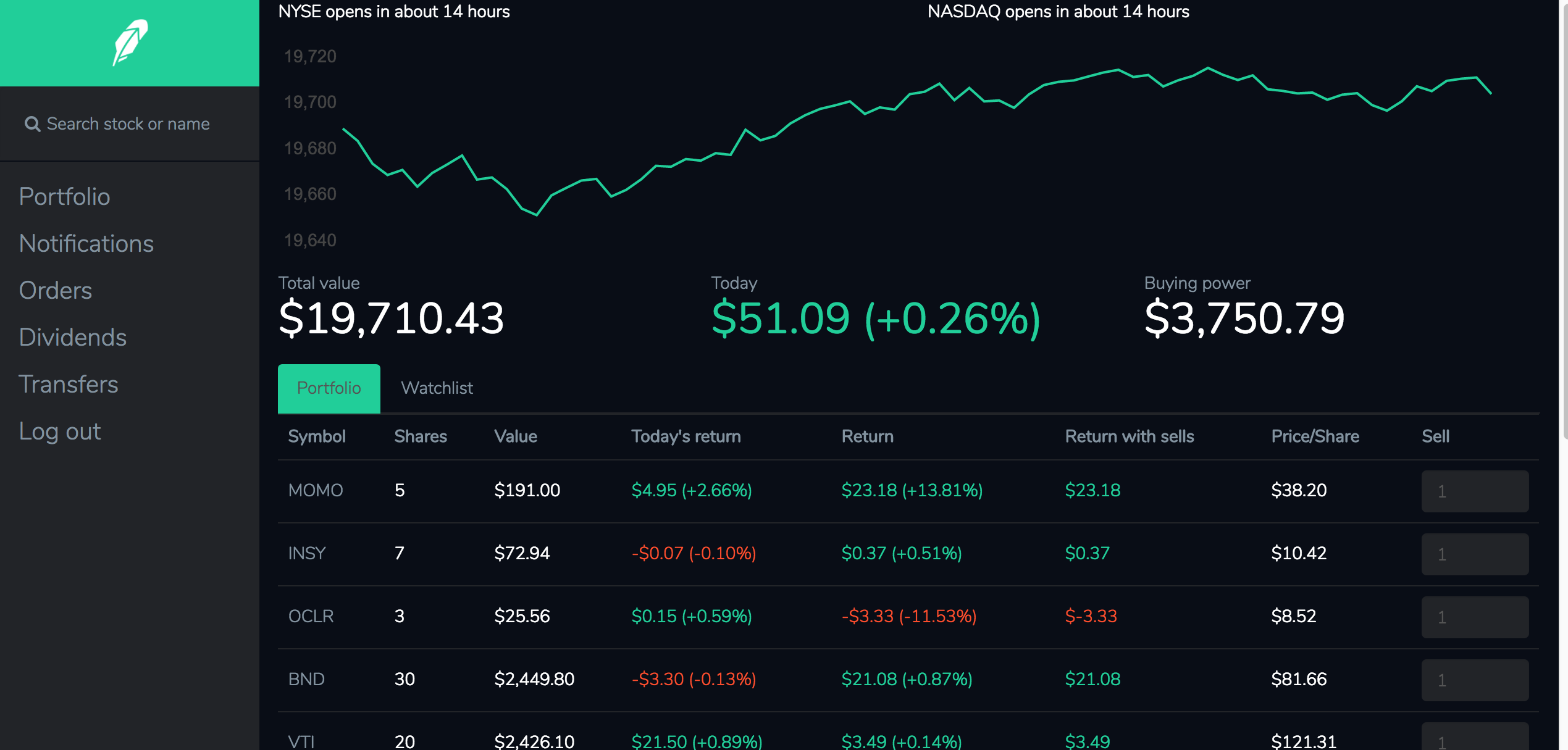Introduction:

Image: thebrownreport.com
In the bustling world of finance, options trading presents an alluring path for investors seeking potential profits and risk management. Among the popular platforms for options trading stands Robinhood, known for its intuitive interface and user-friendly approach. Whether you’re a seasoned trader or a novice explorer in the realm of options, navigating Robinhood’s options market requires a clear understanding and cautious approach. Join us on this comprehensive journey as we unravel the intricacies of option trading on Robinhood.
What are Options?
Before venturing into the world of options trading, it’s crucial to grasp the foundational concept of options. Options are financial contracts that convey upon the holder a specific right, not an obligation. They provide the buyer of an option the privilege to purchase (in the case of a call option) or sell (in the case of a put option) an underlying asset, such as a stock or commodity, at a designated price, known as the strike price. These rights do not come without a cost, and the holder of the option needs to pay a premium to the option’s seller for the acquired rights.
Understanding the Mechanics of Options Trading on Robinhood
Robinhood empowers its users with a user-friendly platform to buy, sell, and manage options contracts. Upon selecting the desired underlying asset, traders can delve into the details of available options, including their strike prices, expiration dates, and associated premiums.
One key aspect to consider before placing an options trade is the expiration date. Options contracts are granted a limited lifespan, ranging from a few days to several months. They expire worthless if the underlying asset’s price does not align with the desired outcome of the option holder by the expiration date.
Call Options vs. Put Options
Options trading involves a strategic choice between two primary types of options: call options and put options. Call options grant the buyer the right to purchase an underlying asset at a specified price before the expiration date. They are typically employed when traders anticipate a price increase in the underlying asset.
Conversely, put options bestow upon the buyer the right to sell an underlying asset at a specified price before the expiration date. Traders often resort to put options when they foresee a decline in the underlying asset’s price.
Risk Management and Prudence in Options Trading
While options trading offers alluring profit potential, it’s paramount to proceed with a measured approach to mitigate potential losses. Options trading carries inherent risks, and traders should meticulously assess their tolerance for risk before venturing into it. Prudence dictates limiting trades to amounts you can afford to lose, safeguarding against the worst-case scenario.
A Note on Margin Trading
Robinhood allows experienced traders to utilize margin trading for options, potentially magnifying returns but also risks. Margin trading involves borrowing funds from Robinhood to purchase options, effectively allowing traders to control a larger position for an increased premium payment. While margin trading can amplify profits, it can also lead to substantial losses if market conditions turn unfavorable.
Conclusion:
The realm of options trading on Robinhood offers an avenue for potential profits and tactical risk management. Mastering the intricacies of options mechanics and adopting a prudent approach are key to maximizing benefits while mitigating risks. With a clear understanding of call and put options, a keen eye for expiration dates, and a calibrated risk appetite, traders can navigate the options market on Robinhood with greater confidence and strategic finesse. Remarkably, this comprehensive guide provides a solid starting point for your adventure in options trading. May prudence and knowledge guide your every trade!

Image: bitnation.co
How To Use Option Trading On Robinhood

Image: www.youtube.com






